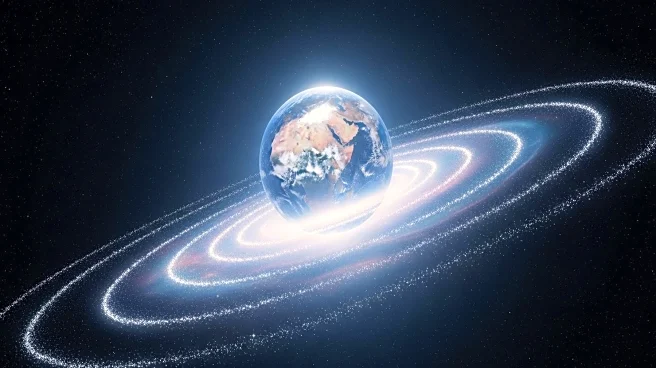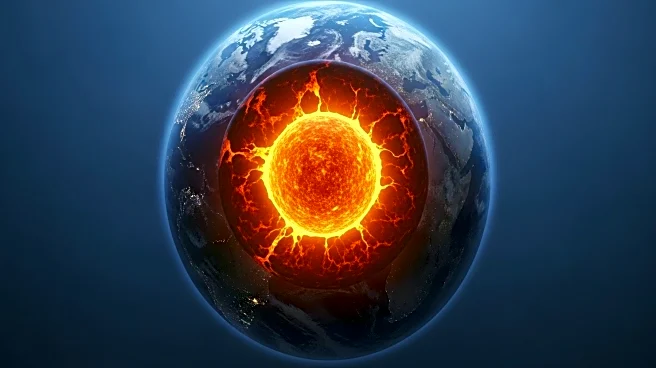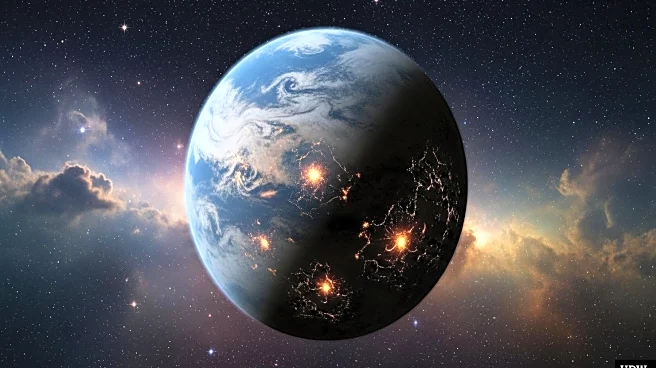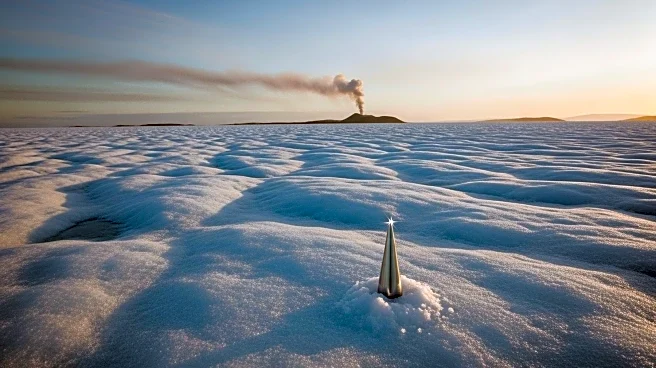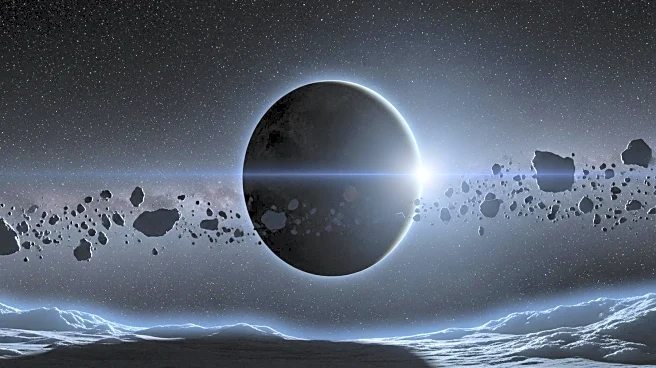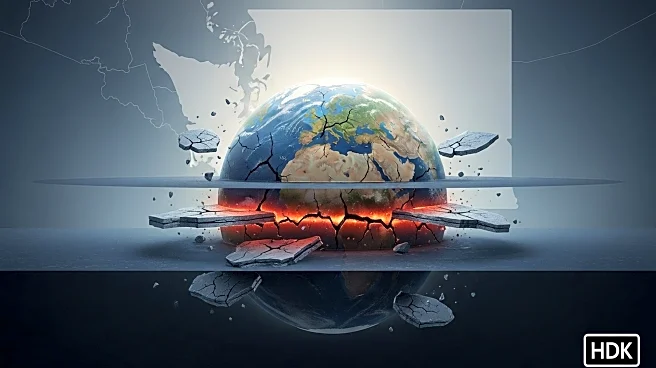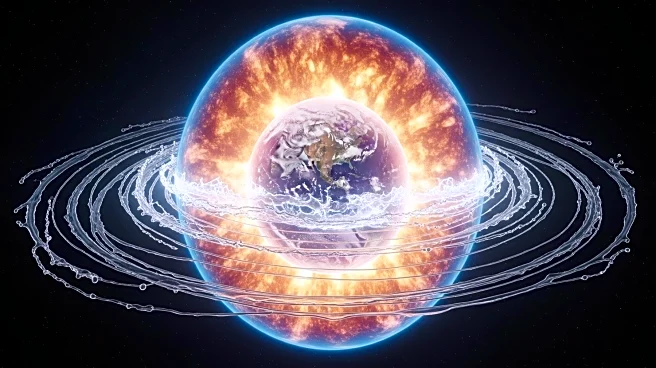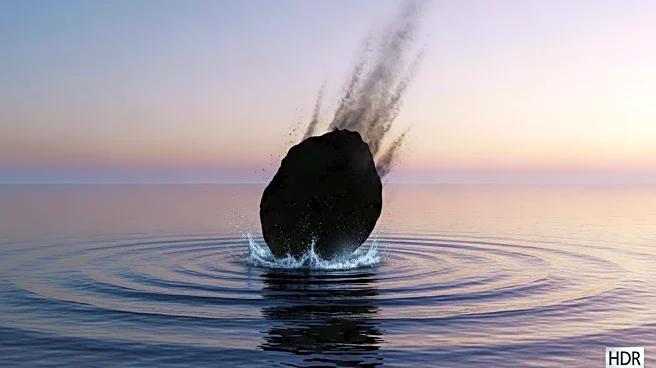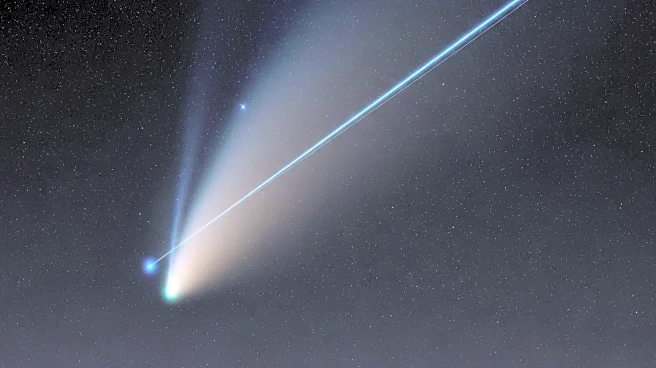What's Happening?
Scientists at MIT and other institutions have discovered remnants of 'proto Earth,' dating back 4.5 billion years, before a massive collision altered the planet's composition. This discovery, reported in Nature Geosciences, provides insights into the primordial materials that formed early Earth and the solar system. The team identified a unique chemical signature in ancient rocks, characterized by a subtle imbalance in potassium isotopes. This anomaly suggests the presence of leftover material from proto Earth, which remained unchanged despite the planet's transformation through impacts and geological processes. The findings challenge previous assumptions that the original materials of proto Earth were entirely transformed.
Why It's Important?
The discovery of proto Earth materials is significant for understanding the early formation of Earth and the solar system. It provides a rare glimpse into the planet's original composition, offering clues about the building blocks of Earth and its neighboring planets. This research could reshape scientific theories about planetary formation and evolution, impacting fields such as geology, planetary science, and cosmology. The findings also highlight the need for further exploration of Earth's oldest rocks to uncover more about its ancient history.
What's Next?
The research team plans to continue analyzing ancient rocks to further understand Earth's early composition. They aim to identify more remnants of proto Earth and explore their implications for planetary formation theories. This could lead to new discoveries about the materials that formed Earth and the solar system. Additionally, the study suggests that the current meteorite inventory is incomplete, prompting scientists to search for meteorites that match the proto Earth signature.
Beyond the Headlines
The discovery raises questions about the completeness of the meteorite inventory used to understand Earth's original composition. It suggests that there may be undiscovered meteorites that hold key information about the planet's formation. This could lead to a reevaluation of existing theories and models in planetary science, potentially uncovering new insights into the processes that shaped Earth and its environment.
